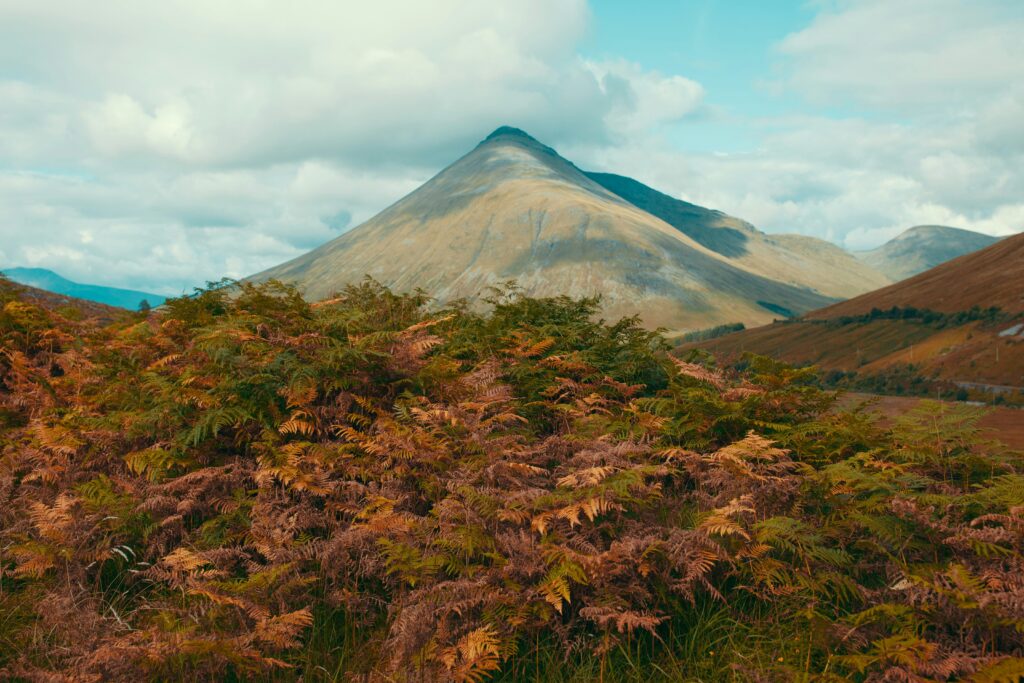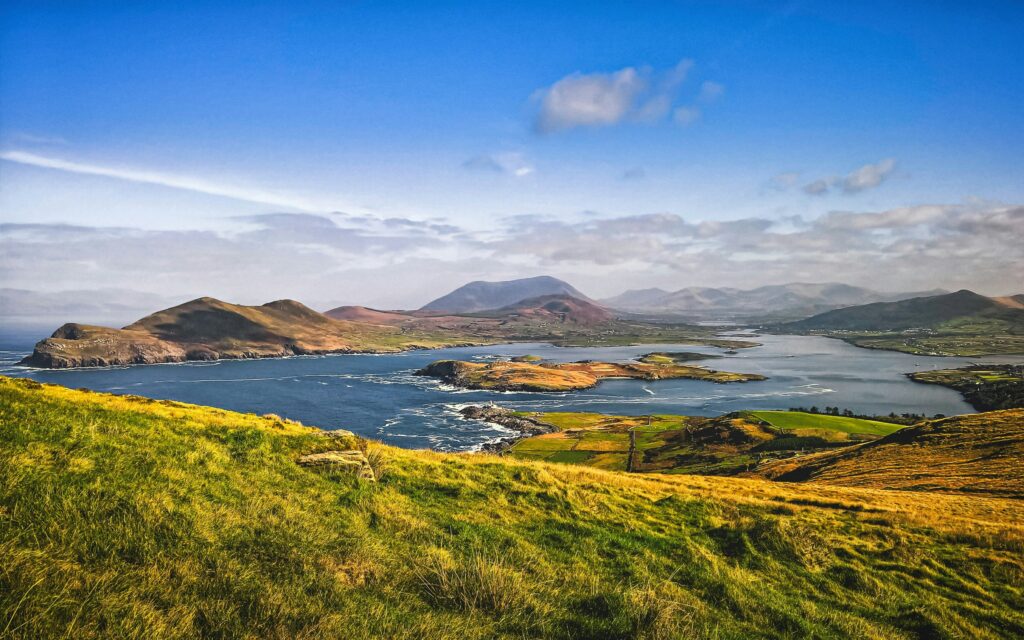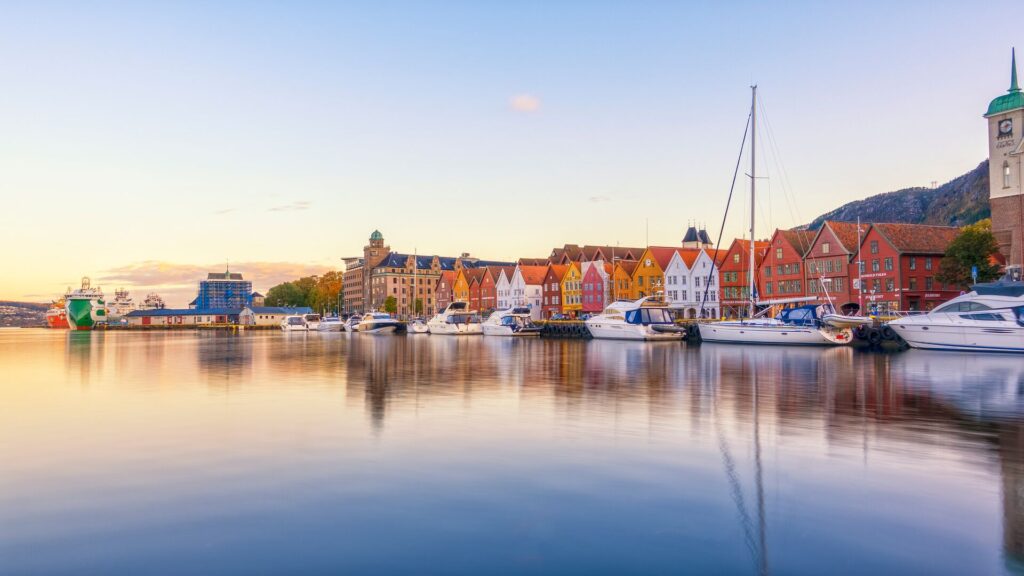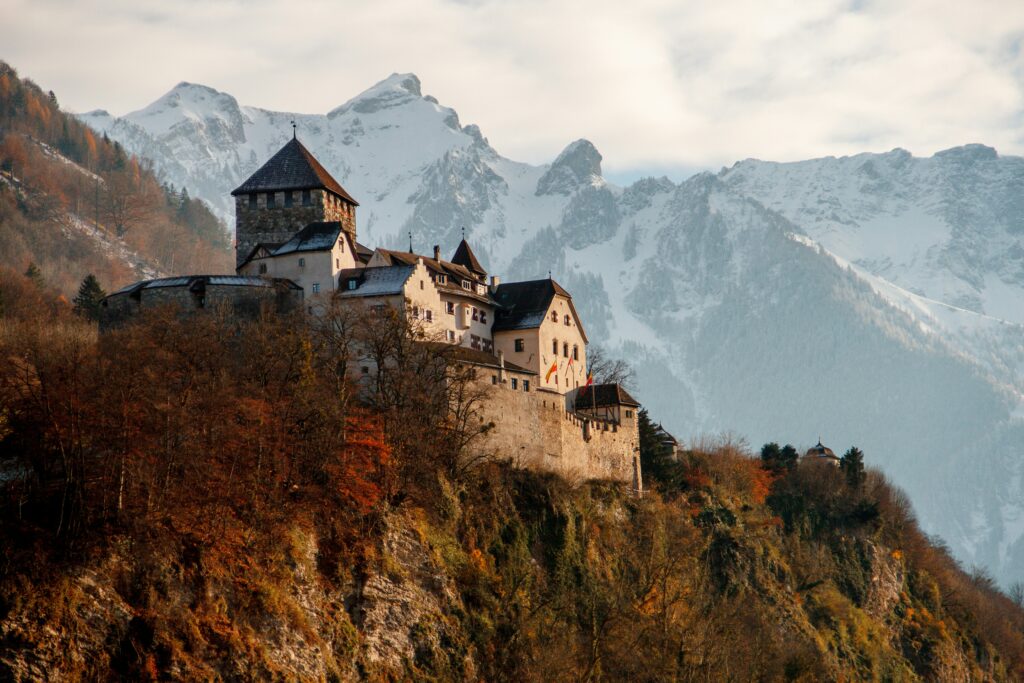Energy is a hot topic across the world in 2022, but one famously cool country seems to be getting it right. Nowhere in the world is the power of nature more apparent than it is in Iceland. Volatile volcanoes loom over frozen glaciers giving the country its deserved reputation as “the land of fire and ice”.
Icelanders have been harnessing this power for more than a century and, today, more than 99.96% of Iceland’s electricity comes from renewable sources – about two-thirds of which is geothermal.
So how does Iceland do it? Read on to find out how the country is moving forward as a leader in renewable energy.
DEEPER UNDERGROUND
The incredible geothermal power of Iceland is created by its location on the Mid-Atlantic Ridge, the point where the American and Eurasian tectonic plates come together forcing the hot magma beneath the earth’s crust closer to the surface. Most of the Mid-Atlantic Ridge is buried deep under the Atlantic Ocean but, in Iceland, it breaks through the island nation’s landmass creating unique geological features such as Thingvellir Rift Valley, home of the world’s first parliament, where visitors can walk between the exposed plates towering above them.
For early settlers, harnessing the geothermal power of Iceland meant simply bathing in the hot springs, or using the earth itself as an oven and burying bread to be baked by the natural heat beneath their feet. For modern Icelanders, the process is a little more hi-tech, but the philosophy remains the same.
When you travel with Insight Vacations you can join a MAKE TRAVEL MATTER® Experience to visit Iceland’s newest geothermal and electric power station at Hellisheiðavirkjun and get up close and personal with the simple but inspirational science behind Iceland’s power revolution.
Learn how magma-heated water and steam are pumped from beneath the earth’s surface and used to drive turbines to generate the electricity that powers the homes, businesses, and attractions in this unique and mesmerizing country.
RENEWABLE LIVING
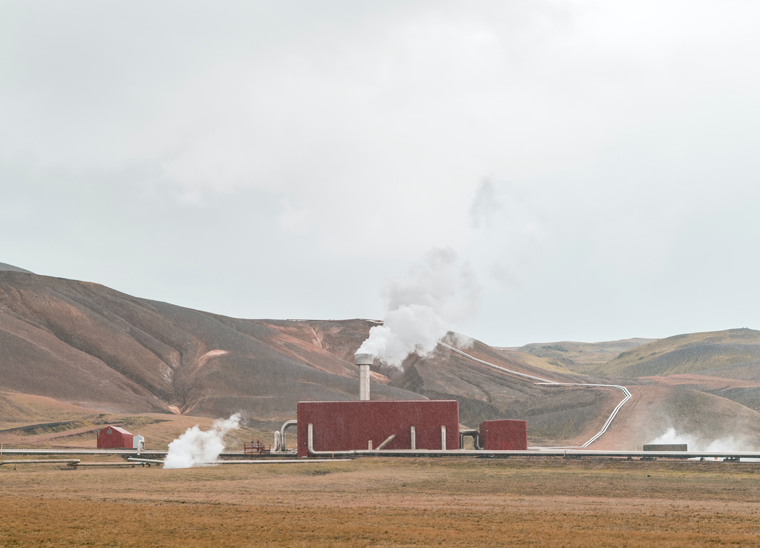
Take a long, hot shower in Iceland, just as the locals do, using technology and infrastructure developed in the aftermath of World War II when Iceland’s energy firms first began seriously investing in geothermal initiatives.
Walk Reykjavik’s streets on the coldest winter morning and the sidewalk beneath your feet will be safe and ice-free from the natural heat pumped below. See the picturesque capital illuminated at night and know that fifty years of dedication to hydroelectric and geothermal energy means every watt lighting your way is renewable. Bite into fresh, locally grown, organic fruits and vegetables from greenhouses kept at the perfect temperatures by green, natural energy.
While much of the world is still grappling with reliance on oil and gas, Iceland stepped up in the 1970s to reduce its fossil fuel imports by using the natural energy coursing through every part of its land from the driving waters of its mighty waterfalls to the inextinguishable subterranean heat.
Today, this has made Iceland one of the most energy-rich nations on the planet with the per person in the world.
Per capita, Iceland consumes more than double the electricity of its nearest revival, Norway, and around four times that of oil giants such as Qatar, Kuwait, the UAE, and the USA. In real terms, Iceland, with a population of around 400,000, consumes the same amount of electricity as Myanmar, whose population is over 54 million, and almost every watt is from clean, renewable sources.
Iceland’s electricity is used efficiently too. As naturally hot water is pumped into households and services directly from the earth, very little of the generated electricity needs to be used for heating it. In fact, the naturally boiling water often needs to be cooled before it can be used in the home.
DRIVING ELECTRIC
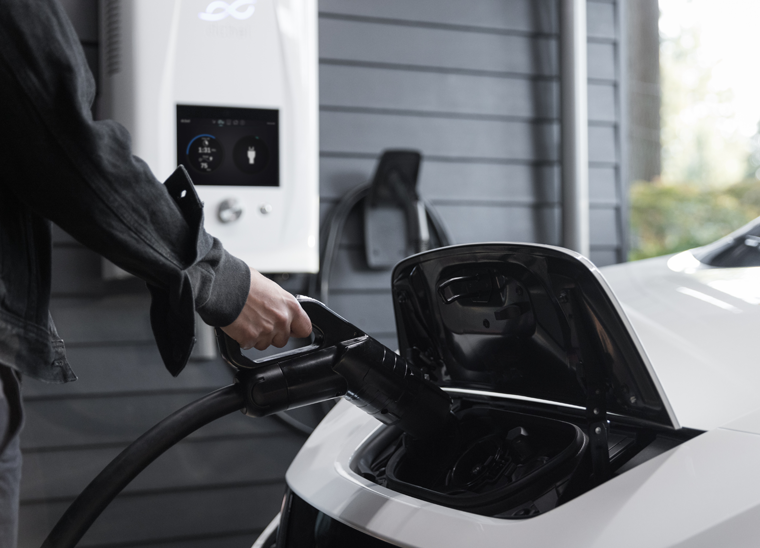
NATURALLY HEATED LAGOONS
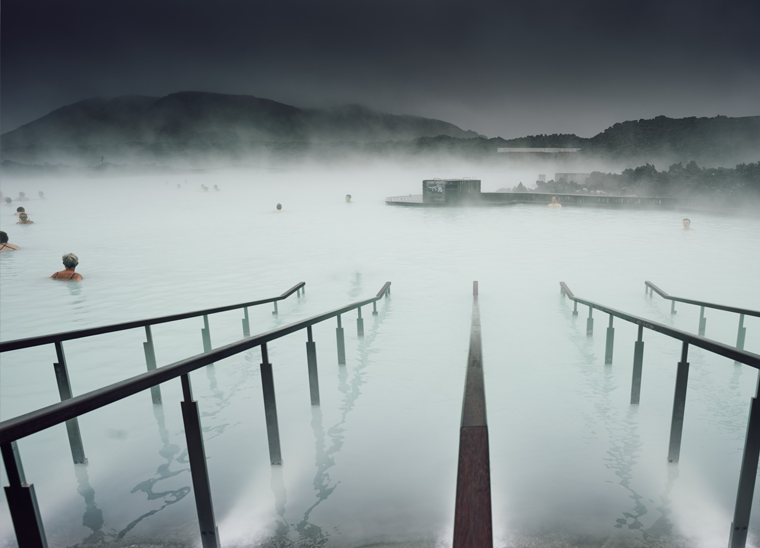
Another unmissable benefit, and things to see in Iceland for every visitor, comes in the form of hot springs and naturally heated swimming pools. It’s said the population of an Icelandic village only needs to reach 50 before it makes economic sense to build a pool, while natural hot springs have become major attractions in Iceland.
The most famous of these is the Blue Lagoon in Grindavik, a geothermal spa created as a by-product to the Svartsengi Geothermal Power Plant that is now the crown jewel of Iceland’s hot spring tourism. Here, the naturally heated, silica-rich waters nourish the skin and offer health benefits so well reputed that Icelandic doctors often write prescriptions for a visit to help their patients suffering from psoriasis.
Two great restaurants, a swim-up bar, and the lagoon’s position in an unearthly black lava field landscape add a little something too. A huge range of other hot spring lagoons from luxury spas to secret natural bathing spots can also be found all over Iceland.
ORCA INNOVATION
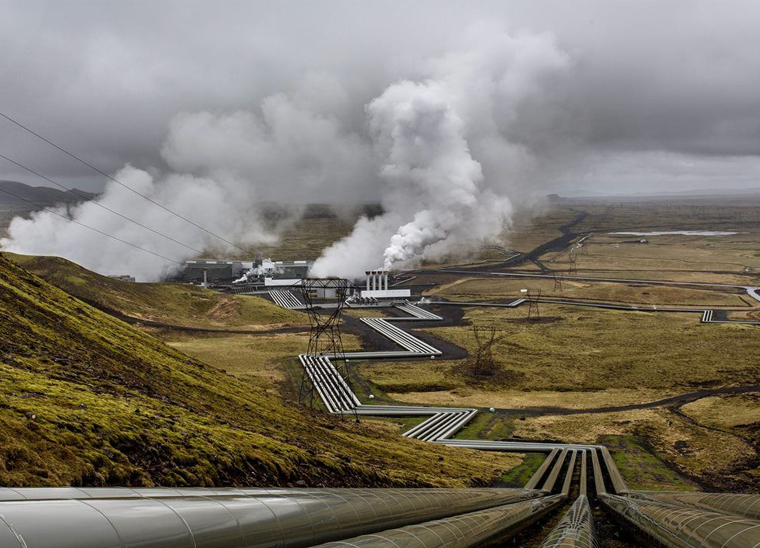
Just because Iceland is blessed with an abundance of natural power doesn’t mean it is shirking its responsibilities in terms of carbon footprint. Turning underground heat into electricity is not a completely carbon neutral process, but Iceland has begun taking steps to remedy this.
Visitors to Hellisheiðavirkjun power plant will learn about the installed Orca system which uses fans, filters, and heaters powered by the plant to capture 4000 metric tons of carbon dioxide from the air each year and inject it into the earth where it mixes with water and cools to form stone. This Swiss technology can also direct the carbon dioxide to other uses, such as supplying CO2 to carbonated drinks manufacturers
Visitors to Hellisheiðavirkjun on a MAKE TRAVEL MATTER® Experience will uncover the secrets of this incredible power plant through audio guided tours and interactive exhibits bringing you up close and personal with the processes of renewable power generation and CO2 capture.
Insight Vacations guests will visit Hellisheiðavirkjun as they travel from Reykjavik to Vik on the Natural Wonders of Iceland and Scenic Iceland & the Northern Lights.
Want to experience Iceland’s renewable energy wonders for yourself? Read our guide to the best November holiday destinations, including the stunning geothermal landscapes of Iceland.
